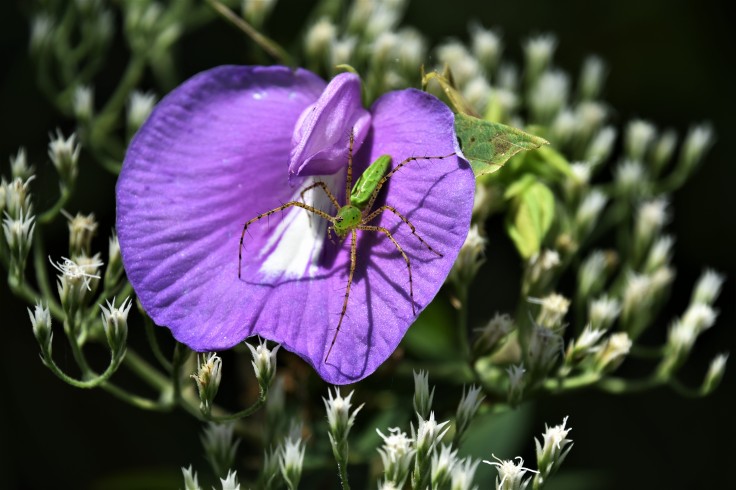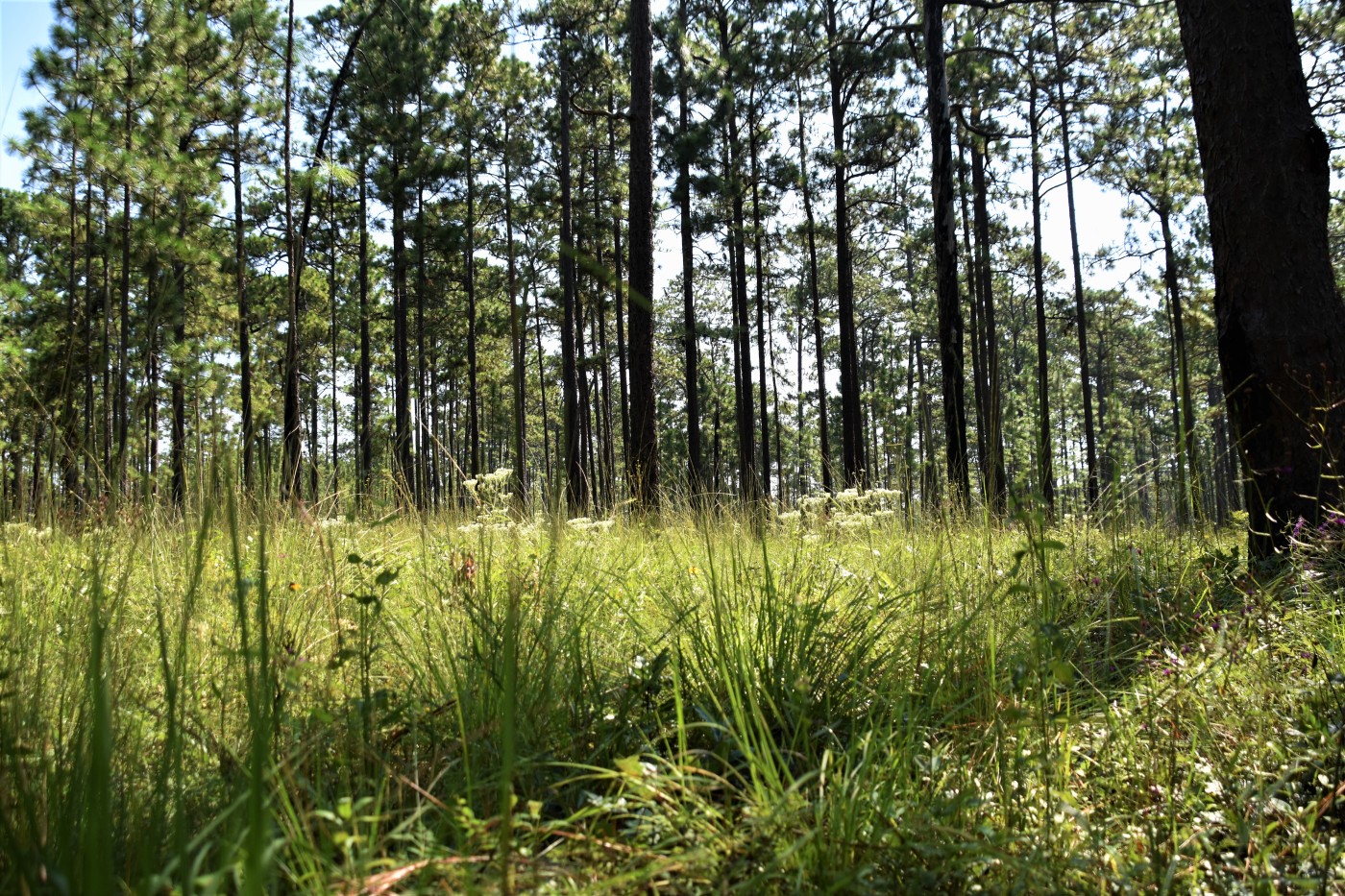
This is my first post in about 5 months; I’ve been incredibly lazy ( & distracted) but I’m back and of course to get things rolling I had to come up with another ridiculous title. I can’t help it, it’s the way I see life and honestly I enjoy being ridiculous 🙂
So for the next ? years, I will be living in Tallahassee! And it’s HOT out here! Without getting into the details of how I got here, I finally made the jump and I am working on my masters degree / (PhD) in Ecology. As they say… third time’s a charm and so far it’s been pretty sweet! (embracing the cliché)
Within 24 hours of arriving in this beautiful part of Florida I was out exploring. I was invited to check out a property in South Georgia, which is literally about an hour and fifteen minutes from Tallahassee. The property is privately owned and is under a conservation easement managed by Tall Timbers.
I wasn’t sure what to expect because it’s an area where they conduct prescribed burns (a very new concept to me). I was hoping to see lots of birds but what I’m learning about this part of Florida/Georgia is that birding (woodland birds to be specific) can be quite challenging. The foliage is thick and covered with beautiful Spanish moss (Tillandsia usneoides), making birds basically invisible. Lastly, I’m not familiar with the local calls/songs and well…I need to get my birding ears accustom to the south.

Although I didn’t see many feathered friends, I was captivated by the insects and of course the plants. The canopy was dominated by longleaf pine (Pinus palustris) and the understory was composed of a wonderful variety of herbaceous plants.

There were lots of shrubby sumac and oak and I was pleasantly surprised by the diversity of grasshoppers.
What was most exciting (besides finding that huge eastern lubber grasshopper) was seeing my first Green Lynx spider (Peucetia viridans). These spiders are active hunters; they hang out on flowers (such as this Spurred Butterfly pea (Centrosema virginianum)) and take advantage of the flowers ability to attract pollinators – a.k.a grabbing lunch! Since they are such prolific hunters, many agriculturists consider them as a natural pest control (which is great!) but the down side is that Green Lynx spiders will also consume many honey bees.

As you can see they are a lovely shade of grass green and as the season progresses, they become yellow. They have clear legs with bristles and a ting of orange at the joints. Yes they are lovely, but don’t be fooled… these suckers spit venom. Unfortunately, not much is known about the venoms chemical composition but they are able spray as far as ¾ of an inch. That doesn’t seem far but if you’re stopping to smell the roses (howwww cliché again) it’s possible that you’ll get a splash of something you may not want.

Oh and about those sexy bristled legs, it’s still up to debate but they may assist in securing prey. It’s scary to imagine but if they ate humans, basically we’d be jailed by their basket legs, poisoned and die a slow romantic death by a beautiful organism (oooo the drama). In reality, people who have been bitten by this spider typically exhibit a large painful welt but nothing to serious (if you’re not allergic, but who really wants to find out that way, gasp!).
In the end, I have found a new love for spiders and I really am not in a hot air balloon, its just the hot south.
Please leave any comments below – Thanks for reading!
All images, audio, and art copyright to Natasza Fontaine




Leave a comment